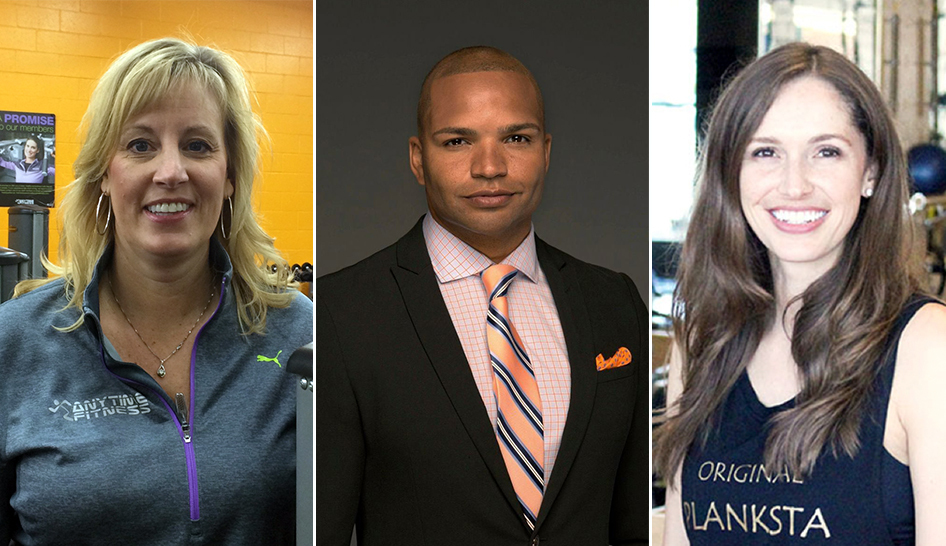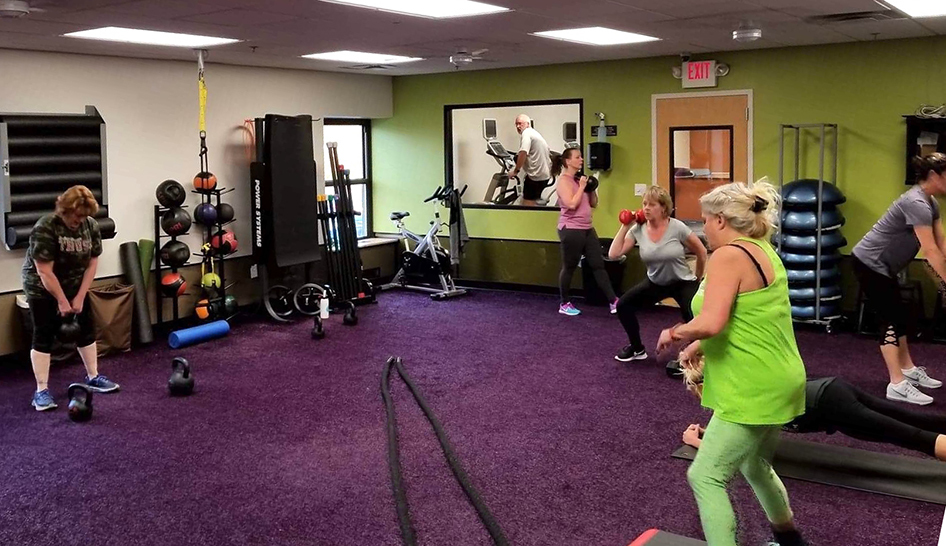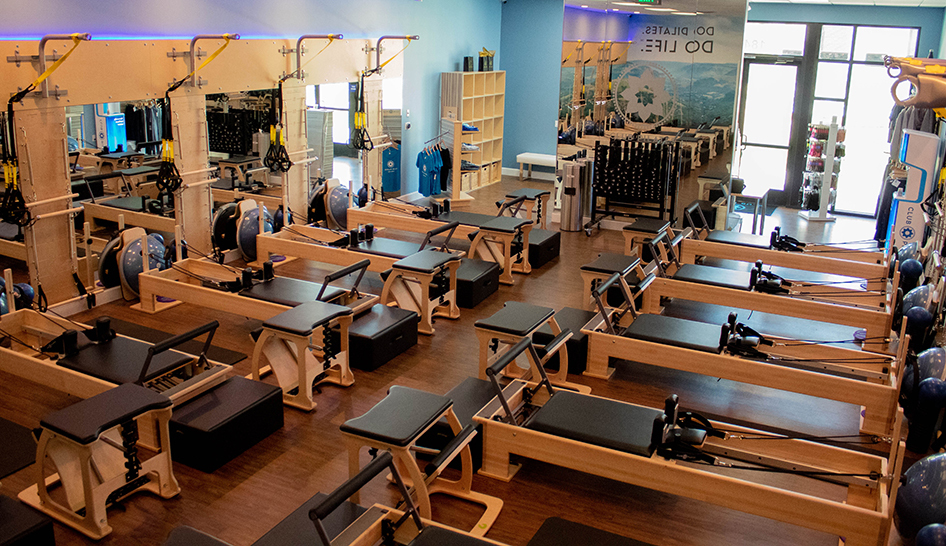Welcome to the world of the fitness franchise mini-mogul.
The numbers are clear. Over the past decade, the fitness franchising landscape has changed significantly. An analysis conducted recently by FRANdata, an Arlington, VA–based franchise research firm, indicates that single-unit ownership, as a percentage of total ownership, is falling and 50-plus ownership is rising.
The former dropped from 78.9% to 64% between 2011 and 2018, while the latter climbed from zero to 2.2%.
Over the same time period, two-to-10-unit ownership rose from 19.7% to 28.2%, and two-to-25-unit ownership grew from 21.1% to 31.6%.
What accounts for the growing inclination to found and expand these micro-empires?
First, while fitness franchising has always been popular, it’s peaking now.
According to FRANdata, between 2012 and 2017, two of the hottest sectors, in terms of unit growth, were health and fitness (No. 1) and sports and recreation (No. 3). And, between 2016 and 2018, fitness centers were the fastest-growing franchise brands.



